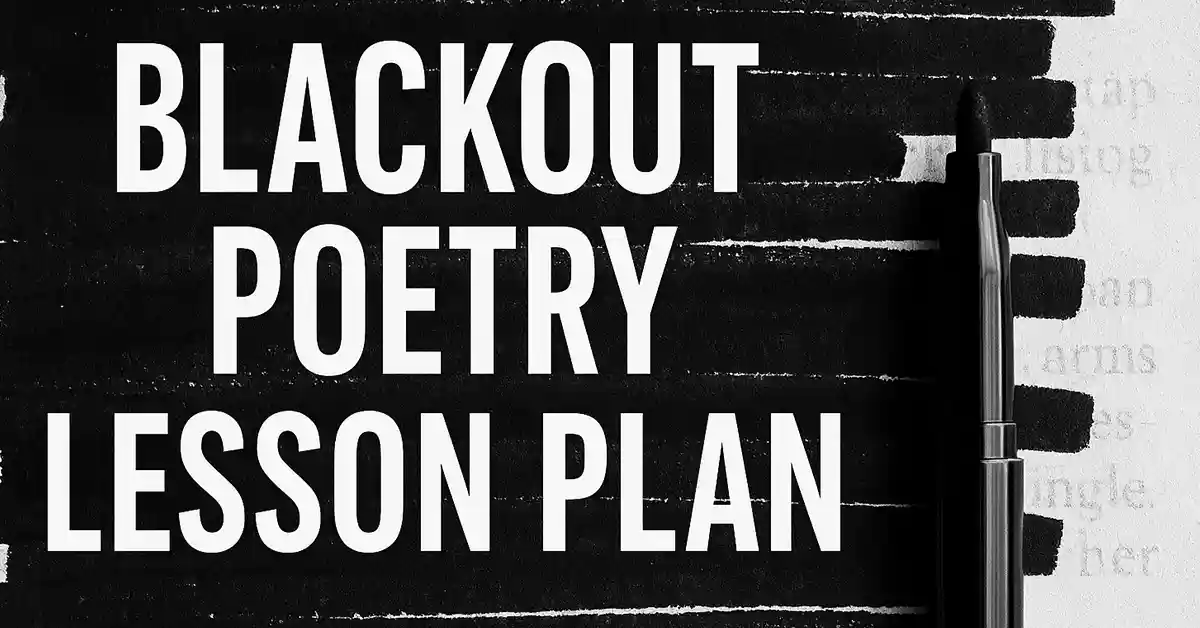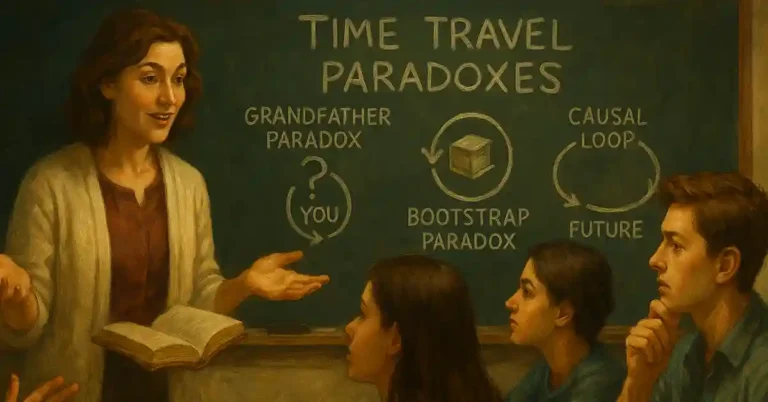Blackout Poetry Lesson Plan: How to Teach This Engaging Artform
Poetry doesn’t have to start with a blank page. In fact, sometimes the best poems begin by blacking out the words you don’t need. If you’re looking for a fun, creative, and easy way to get your students into poetry, this blackout poetry lesson plan might just be your new favorite.
Blackout poetry combines visual art, language analysis, and creativity—all in one approachable activity. Plus, it’s oddly satisfying to scribble out large chunks of text. Let’s be honest: your students will love it.
What Is Blackout Poetry?
Blackout poetry is a form of found poetry. Students take a page from an existing text—like a newspaper article, a novel, or a magazine—and “black out” most of the words with a marker, leaving behind only the ones they want to include in their poem. What remains is a new piece of writing created from someone else’s words.
It’s perfect for visual learners, reluctant writers, and anyone who gets stuck staring at a blank page.

Objectives
By the end of this lesson, students will be able to:
Analyze language for meaning and tone
Select key words to create mood and theme
Express themselves creatively through found poetry
Reflect on how word choice affects interpretation
Materials Needed
Old book pages, newspaper articles, or printed text excerpts (one per student)
Black markers or Sharpies
Pencils and erasers
Optional: colored pencils or fine-tip markers for artistic enhancement
Time Required
1-2 class periods (40–90 minutes total)

Step-by-Step Instructions
1. Introduction (10–15 minutes)
Start by introducing the concept of blackout poetry. Show some examples (you can easily Google some artsy ones), and discuss how poets select words to shape meaning. Emphasize that less is more—a powerful poem can come from very few words.
Tip: Remind students that poetry doesn’t have to rhyme—this is about tone, emotion, and creativity.
2. Distribute Texts (5 minutes)
Hand out one page of text per student. Choose pages with rich, descriptive language—old novels, public domain texts, or magazine articles work well. Avoid anything too dense or overly technical.
3. Scan and Circle (15–20 minutes)
Students read their page and lightly circle (in pencil) words or phrases that stand out to them. Encourage them to:
Look for words that create a theme or tell a story
Avoid going in order—jumping around the page is totally fine
Keep it short—aim for 5–20 words max
4. Create the Poem (15–20 minutes)
Once they’re happy with their chosen words, students can erase any others they circled and use black marker to “black out” the rest of the text. Encourage them to get creative with their design—some students might want to draw shapes or images around their words instead of just filling the page with ink.
Optional Extension: Let students use colored pens or design elements to make their blackout poem more visually engaging.
5. Share and Reflect (10–15 minutes)
Invite students to share their poems in pairs, small groups, or with the whole class. Ask them to explain:
What message or mood they were going for
Why they selected the words they did
How it felt to create something from existing text
You can even create a classroom display of their blackout poems—it makes for a powerful, artsy bulletin board!

Assessment
Evaluate students on:
Engagement with the process
Evidence of thoughtful word selection
Creative presentation of their poem
Reflection (either written or verbal) about their choices
This activity is more about the process than perfection. Creativity counts!
Differentiation Ideas
Provide sentence starters or themes for students who need extra support
Let students choose from a range of text difficulty levels
Offer the option to write a short reflection or companion poem afterward
Final Thoughts
A blackout poetry lesson plan is a great way to sneak creativity into your curriculum. It’s low-prep, high-impact, and—most importantly—fun. It turns reading into a game, writing into art, and helps students look at language in a whole new way.
So go ahead—hand out those markers. Let the blackout begin.






